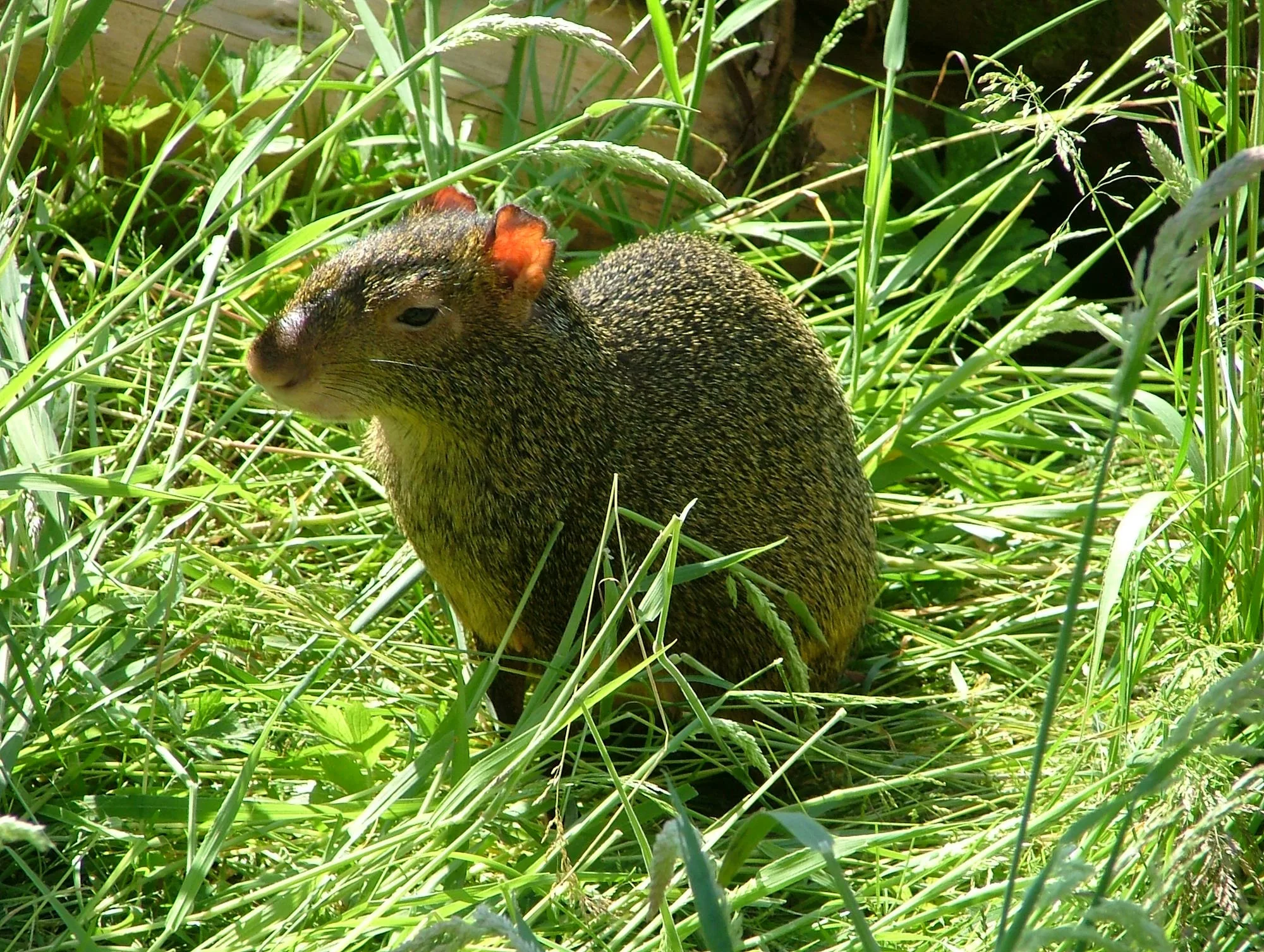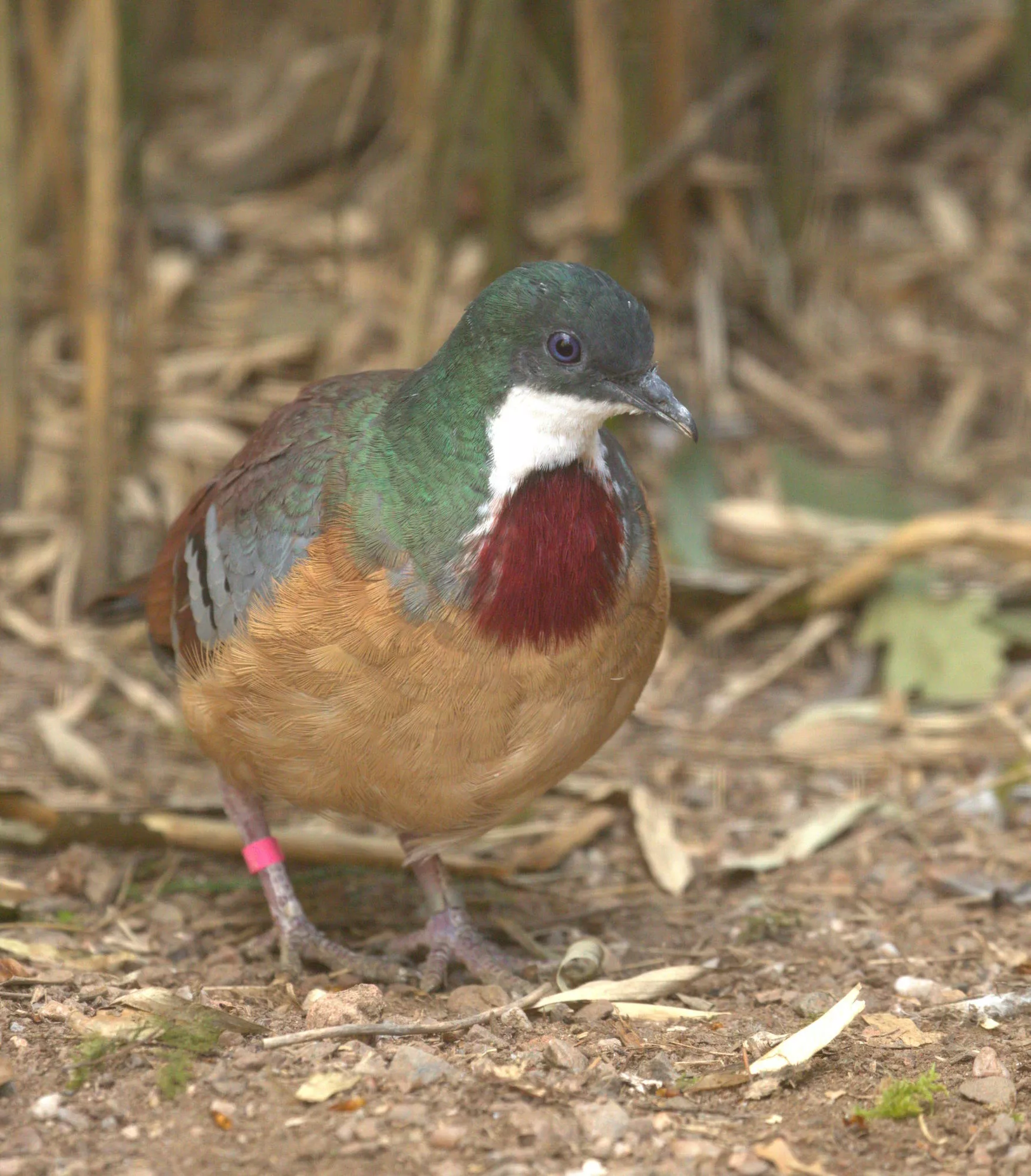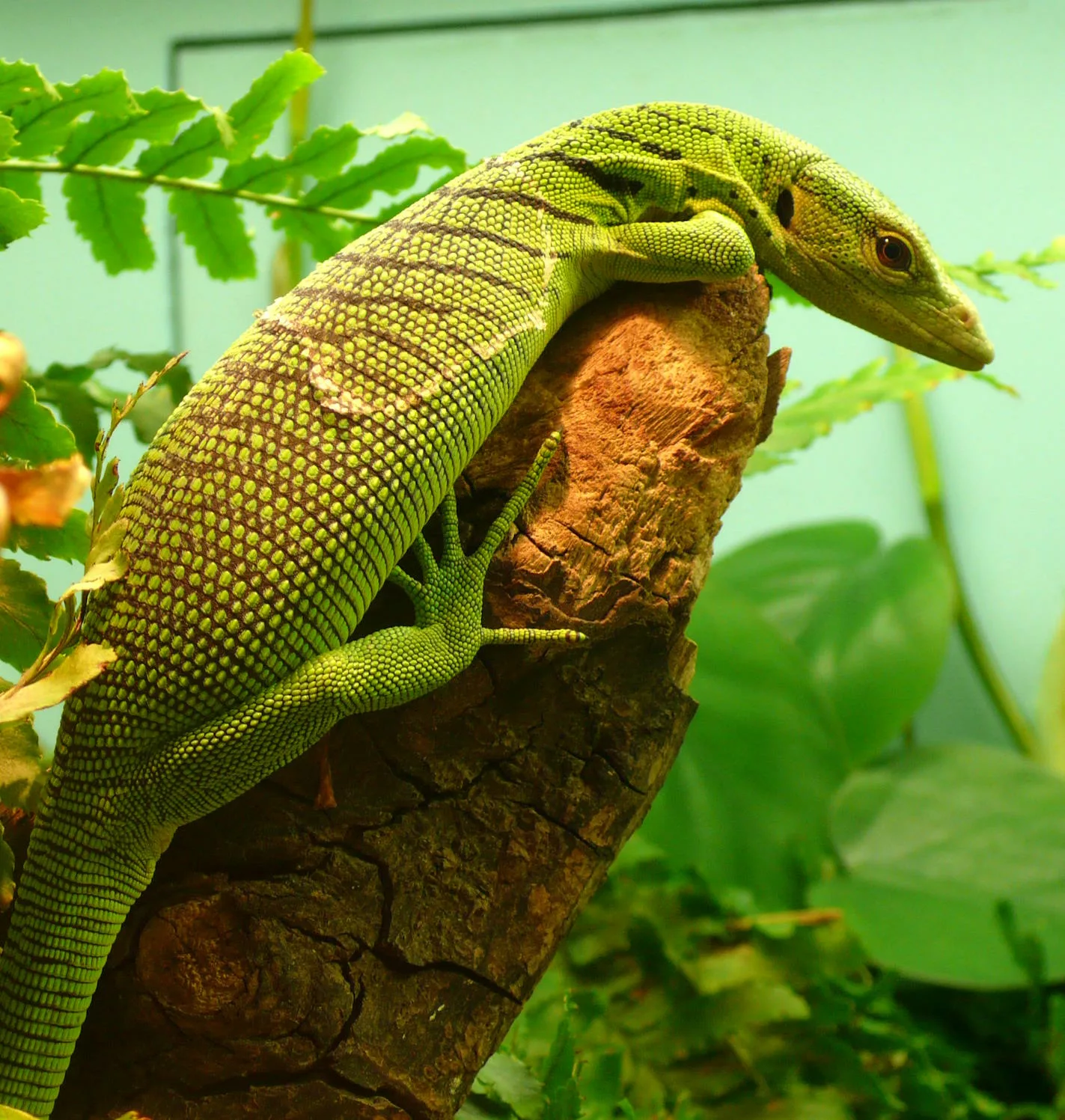
Boa constrictor
Scientific name: Boa constrictor
IUCN listed as: Least Concern
Learn before you visit!
Here are some facts about the species – Discover what they eat, find out about their natural habitat, see what they like to do, and more… Set the reading style to suit you too, everyday speak or something aimed towards children.
Child-friendly
Everyday
Diet
Boa constrictors are carnivorous snakes that primarily prey on small mammals such as rodents, birds, and occasionally reptiles. They are ambush predators, striking at their prey and then constricting it with their muscular bodies to suffocate it before swallowing whole. In captivity, they are fed a diet of appropriately sized rodents and birds, and their feeding schedule depends on their size and age.
Boa constrictors are meat-eating snakes that mainly eat small animals like mice, birds, and sometimes other snakes. They grab their prey and squeeze it tightly with their strong bodies until it can’t breathe. In zoos, they eat mice and birds to stay healthy and grow big.
Breeding
Boa constrictors reproduce through internal fertilisation and give birth to live young. Female boas can produce litters ranging from 10 to 60 babies, depending on their size and health. The babies are independent from birth and must hunt for themselves immediately. Breeding can be a complex process, requiring specific environmental conditions and careful monitoring.
When boa constrictors have babies, mums keep their eggs inside their bodies until they hatch. Baby snakes are born ready to look after themselves and find food straight away. Having babies needs the right home and lots of care.
Habitat
Boa constrictors are found in a variety of habitats throughout Central and South America, including tropical rainforests, savannas, and semi-desert regions. They are adept climbers and can be found in trees as well as on the ground. These snakes prefer areas with access to water sources and ample prey populations.
Boa constrictors live in lots of places in Central and South America, from rainforests to dry places with fewer trees. They can climb trees and stay on the ground. These snakes like having water nearby and plenty of animals to eat.
At the zoo
In zoos, boa constrictors are housed in specially designed enclosures that replicate their natural habitat. They are provided with hiding spots, branches for climbing, and a temperature gradient to regulate their body temperature. Zoos feed them a diet similar to what they eat in the wild and often use enrichment activities to keep them mentally stimulated, such as hiding food or introducing new scents.
In zoos, boa constrictors live in special homes that look like where they live in the wild. They have places to hide, things to climb on, and different temperatures to feel comfortable. Zoos give them mice and birds to eat, just like they find in forests. They play games to keep their minds busy, like hiding food or smelling new things.
Behaviour
Boa constrictors are solitary snakes for most of the year, except during breeding season or when they come together in areas with abundant prey. They are nocturnal hunters, meaning they are most active at night. Boas use their keen sense of smell to locate prey and their powerful bodies to capture and restrain it. They are generally non-aggressive towards humans but can defend themselves if threatened.
Boa constrictors like being on their own most of the time, except when they’re finding food or having babies. They’re active at night, using their good sense of smell to find food. Boas are strong and catch their prey with their bodies. They usually won’t hurt people unless they feel scared.
Fun facts
- Big Squeeze: Boa constrictors wrap around their prey and squeeze them tightly to catch them.
- Baby Boom: A female boa can have lots of babies at once, sometimes up to 60 tiny snakes.
- Good Climbers: They can climb trees really well, using their muscles to move around.
- Camouflage Masters: Boa constrictors blend into their surroundings to hide from other animals.
- Long Life: They can live for over 20 years in the wild and even longer in captivity.
- Big Squeeze: Boa constrictors wrap around their food and give it a big hug to catch it.
- Baby Boom: A mum boa can have lots of babies together, sometimes as many as 60 tiny snakes.
- Great Climbers: They’re amazing at climbing trees, using their muscles to move around.
- Hide and Seek Pros: Boa constrictors are good at hiding because they look like the places they live.
- Long Lives: They can live for more than 20 years in the wild and even longer if they live in a zoo.
More animals to discover at our zoo
Quick Links
Tickets & Prices
You can buy tickets for Exmoor Zoo securely online, as well as finding out more price options, discover offers, and more…
What’s on…
Exmoor Zoo hosts incredible Events all through the year. You can find out about what we’ve got in store here…
Routes & info
Like any great discovery, Exmoor Zoo can feel a little off the beaten path – but don’t worry – you can plan your journey with our recommended routes and other useful travel info.



























